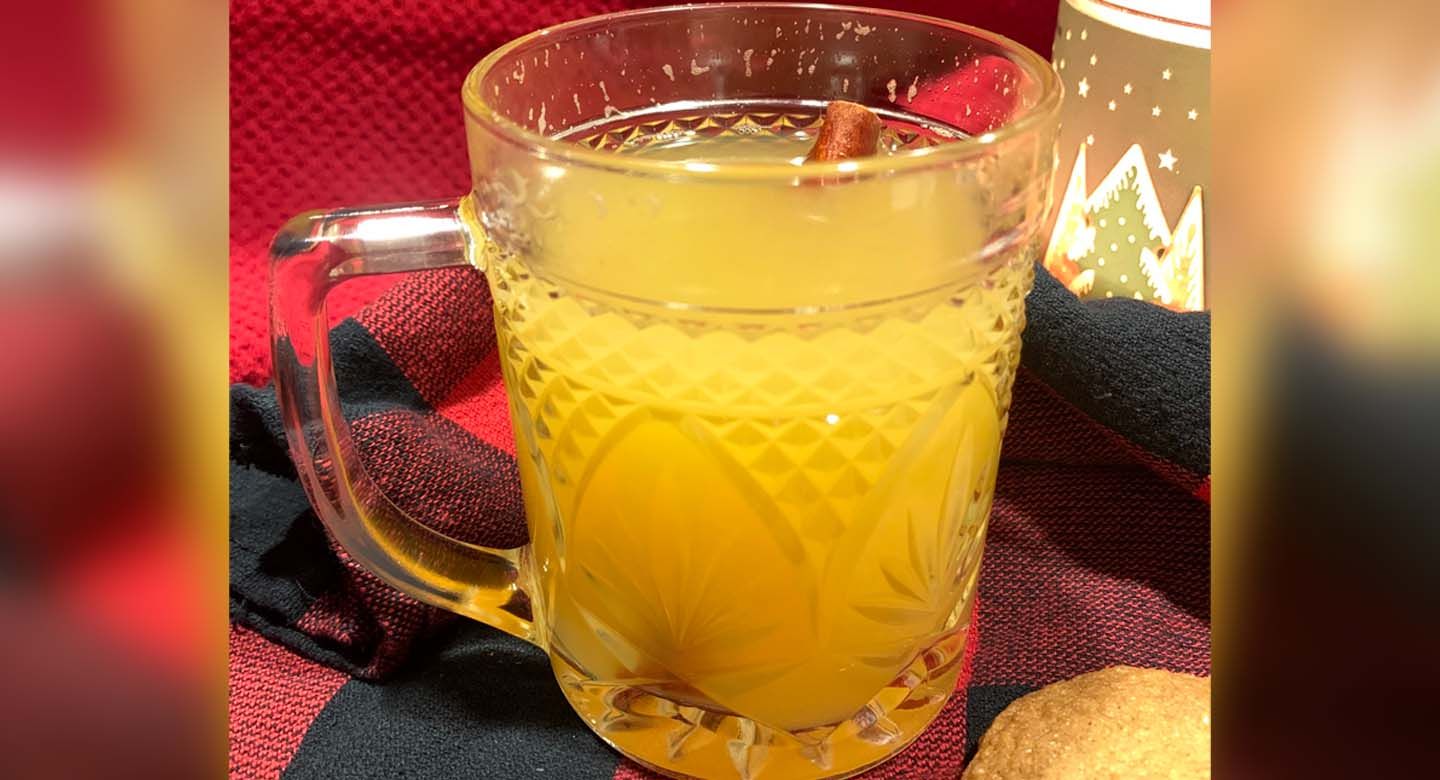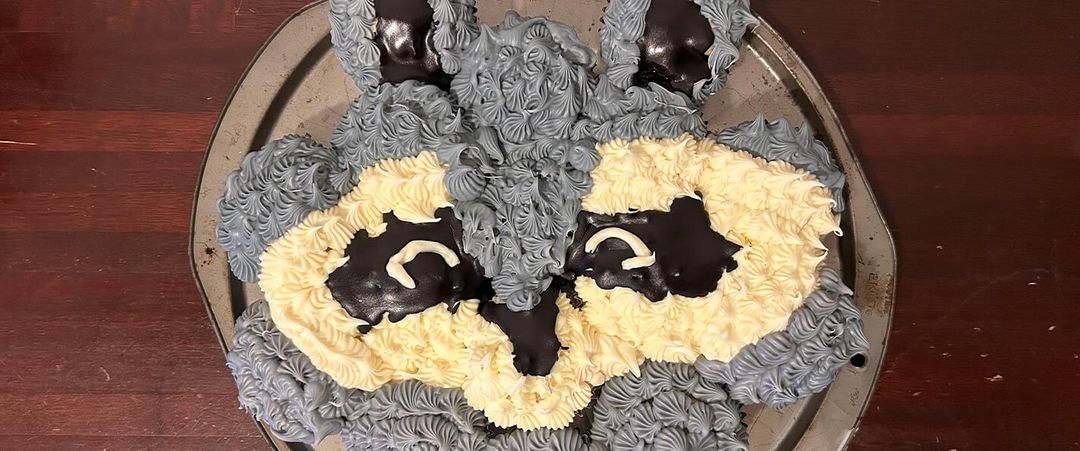Ingredients
2 ¼ c. white sugar (if using unsweetened cider, double to 4 ½ c.)
2 qt. water
1 tbsp. whole cloves
6 sticks cinnamon
3 tbsp. chopped candied ginger
1 gal. cider
2 qt. orange juice
2 c. lemon juice
Procedure
Boil sugar and water for 10 minutes.
Add spices and keep in a warm place for 1 hour. Strain and return syrup to the pot. Set cinnamon sticks aside for garnish.
Add orange juice, lemon, and cider. Bring to boil and serve at once.
Variations
Because I was taking a chance on wassail, I halved the sugar, water, cider, orange juice, and lemon juice to yield a smaller batch. I kept the spice quantities the same because I like a strong, spiced flavor in my warm brews. This proved a wise choice.
Review
What in the world is wassail? Pronounced WAH-suhl, the word first appears in a 12th-century Old Norse toast to good health. The toast eventually lent its name to the beverage raised in the goblets. Wassailing became an English Yuletide tradition akin to caroling, in which locals ventured to wealthier neighbors’ homes and sang songs in exchange for cups of hot cider. It was also a post-Yule tradition in the cider-producing English counties to sing to the trees in the orchards in hopes of a fruitful harvest. In whatever form it takes, the essence of wassailing is giving thanks for the previous year and wishing good fortune in the new one. Today, wassailing continues in the traditional sense in some English towns.
In the New Dames Cookbook from the University of Wisconsin Dames Club, a collective of married female students and wives of students that convened between 1929 and 1979, wassail refers to a citrusy, spiced, nonalcoholic cider best enjoyed in traditional wassailing weather — carols optional.
Fans of hot tea with lots of lemon, and pirates battling a bout of scurvy, will be glad to warm their face over the ribbons of steam wafting off a mug of wassail. The recipe is as simple as it seems, starting with the syrup steeped with whole spices that one may very well have on hand in the winter months and that fill the stovetop with the scent-equivalent of a hug. After that, it’s a matter of dumping various fruit juices into the vat and letting it come to a boil (ideally without allowing it to boil over — distracted by a heated round of trivia, I was unsuccessful in that department).
Ladling the hot beverage into mugs and garnishing each cup with the cinnamon sticks strained from the syrup (another personal choice that proved worthwhile) felt very Norman Rockwell, and I half-expected a gaggle of carolers to materialize outside. Instead, I was met with a chorus of approval from my family. As folks who are familiar with Eat Like a Freshman’s culinary ventures — which run the gamut from yuck to yum — they were glad to be subjected to a taste test of something familiar and, most importantly over the frigid holiday season, warm.
The warmth of the brew and strong presence of spice turned what could have been a sugary sip into a cozy, comforting gulp. I found the beverage to be a touch orangey for my taste; fortunately, the ratios of fruit juices can be adjusted. Had I been a dorm-dwelling Badger in the 1950s when this recipe was published, I would have welcomed a piping hot cup of wassail from the dining hall after walking uphill against the Wisconsin winter wind.










